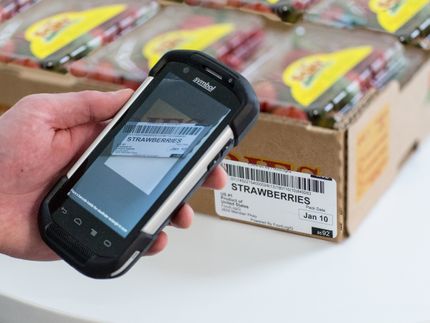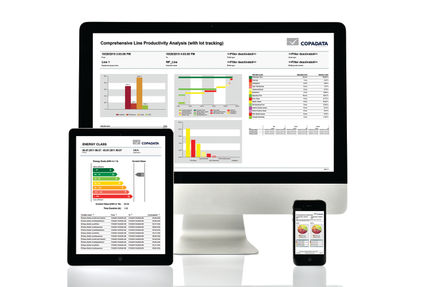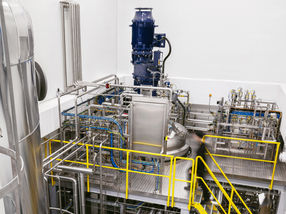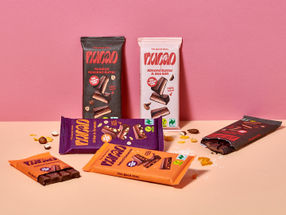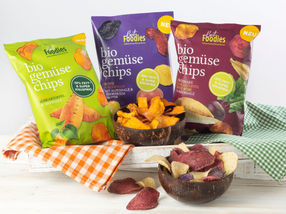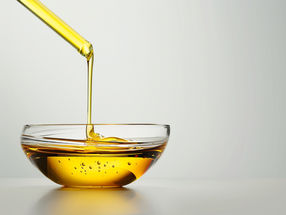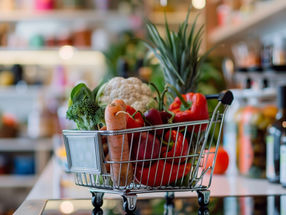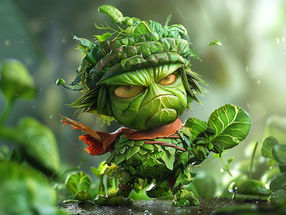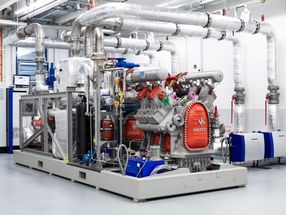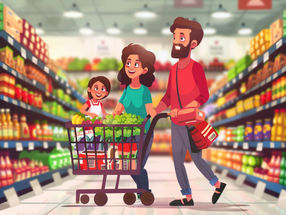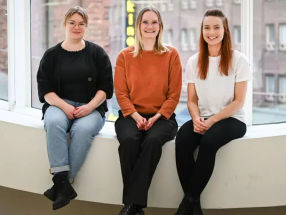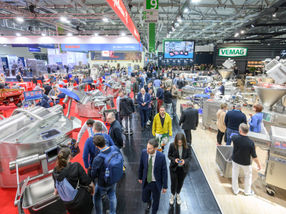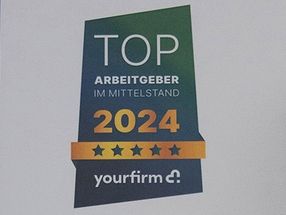Anuga FoodTec 2015: Robots have become indispensable in food and beverage production
Robots ensure efficiency and reliability
The world of robotics is currently facing another breakthrough: small, lightweight, comfortable and above all, flexible - that's how engineers envisage the industrial lightweight robots of the future. The greatest revolution, however, will be the direct cooperation between man and machine - without a separating safety fence. The advances in automation cannot be overlooked at the Anuga FoodTec show held 24-27 March 2015 in Cologne, Germany. In the future, these "steel colleagues" of the food industry will be able to do more complex tasks than is the case today.
The TV series Real Humans shows what happens when people and robots live together. So-called Hubots (human robots) are capable of learning and used as domestic servants or factory workers. Real Humans looks into the future, but mirrors reality: because the robots have left their safety cage. A symbol of this is "Frida," a concept study by ABB. Equipped with two arms that each have seven degrees of freedom respectively, the robot can be implemented in workplaces that are actually reserved for people.
The "third hand" in production
Human-robot collaboration is currently the trend par excellence. It stands for the smooth transition from industrial robotics towards service robotics. Thanks to their torque sensors in all axes, the robots have the necessary flexibility not to hurt people. These should now allow processes to be automated that have not been automatable at all so far. One example is the TX2 series six-axis robots from Stäubli Robotics. They have managed to "integrate safety features that let us realize new possibilities in man-machine collaboration," emphasizes Stäubli's Chief Financial Officer Manfred Hübschmann. The closed structure of the robot series and its design with IP65 protection - the wrist is held in IP67 and thus waterproof - predestine the TX2 series for use designed to meet cleanroom and hygiene requirements.
By expanding their small robotics series, the key players of the industry underline their ambition to grow in markets beyond the automotive industry. 179,000 robots were sold worldwide in 2013. "A new record," as Arturo Baronecelli, President of the International Federation of Robotics, points out. After South Korea and Japan, Germany has the highest robot density: with an average of 261 robots for every 10,000 workers. At present, the global market for robotics is 22 billion Euros. By 2020 this could grow to more than 60 billion Euros. Experts like Henrik Ryegard, who heads the Robotics Division at ABB, regard the food industry as one of the largest markets - robot density here is still well below the average.
Hurdles in food production
The main driving force behind the use of robots is economical: the machines replace expensive human labour. This is not without problems per se because the food industry is a challenging environment. So far robots have particularly dominated in non-critical areas, such as palletising and packing stations. Five or six-axis industrial robots are ideal tools to do these kinds of monotonous and often demanding tasks in a reliable manner. Special protective covers provide protection under arctic conditions which prevail in warehouses for frozen foods.
Other requirements apply for any contact with open foodstuffs. In this case, not only must hygienic safety satisfy higher expectations but the mechatronic equipment of the robots as well. "Pastries, meats, vegetables and sweets vary in quality and size," is how Dr. Knut Franke from the German Institute of Food Technologies in Quakenbrück describes the problem in a nutshell. He cites an example: "Automatic fine-cutting of pork requires very sophisticated sensor technology." The algorithms that Franke and his team are currently developing for the robot movements should enable automatic cutting of pieces of meat and contribute to a more efficient production of safer meat products in the future.
Through the interaction of software, controller and mechanical systems, robots can pack almost any food today. Thus, Unilever, for example, uses the FlexPicker to package its popular Bifi snack. The system inserts up to 600 mini sausages per minute into the film of the thermoforming machine. In cases such as these, more than just "tactile dexterity" is required from the robots when gripping: hygiene aspects are high on the agenda. The robots and their tools may not provide entry points for dirt and bacteria. They also need to be washable and resistant to disinfectants. This explains the popularity of robots made of stainless steel in protection class IP67 or higher.
It will take some time for human-like "Hubots" from Real Humans. But, in the near future, robots will be performing increasingly complex mechanised tasks. This will create new opportunities for the food industry, especially for small and medium-sized enterprises. This is not always a matter of automating the entire production - semi-autonomous systems, as can be seen at the Anuga FoodTec show, often provide the greater benefit.
Future-oriented topics are also addressed in Anuga FoodTec's professional program. The DLG will thus address topical issues in 27 short specialist forums. Among other things, technical topics will be the focus of attention like hygienic design, freezing technology, the use of robots in the food industry or the detection of foreign material in foodstuffs. Event information: 25 March 2015, 10:00 a.m. to 12:00 p.m., Forum 8 - Robots in food production (Congress Centre North).
